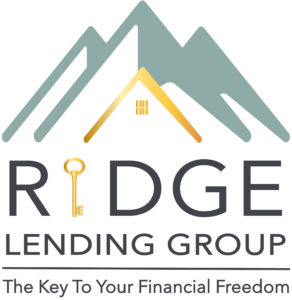 Debt-to-income ratio, or DTI, is a ratio between all your monthly debt payments and your gross monthly income. In essence, it measures your ability to manage your monthly payments to pay back the money you plan to borrow. When you apply for a mortgage loan, lenders use this metric to help ascertain the risk involved with taking out a loan. If your debt-to-income ration is low, it indicates that you have more room to absorb more expenses and still manage to pay your mortgage.
Debt-to-income ratio, or DTI, is a ratio between all your monthly debt payments and your gross monthly income. In essence, it measures your ability to manage your monthly payments to pay back the money you plan to borrow. When you apply for a mortgage loan, lenders use this metric to help ascertain the risk involved with taking out a loan. If your debt-to-income ration is low, it indicates that you have more room to absorb more expenses and still manage to pay your mortgage.
In fact, a low DTI coupled with strong assets can often compensate for a lower-than-expected credit score when lenders make a determination on whether or not you qualify for a loan. The maximum debt-to-income ratio will vary by mortgage lender, loan program, and investor, but the highest ratio a borrower can have and still get a Qualified Mortgage is 43%.
You can lower your DTI by paying off your loans ahead of time, avoiding large purchases, finding a second job to boost income, and even refinancing your existing loans.
For part one of our metrics explained series on ROI, click here.
Are you enjoying our education program? Follow our YouTube channel to learn more. Ready to invest in real estate? Call us today to learn more and experience firsthand the dedicated, personalized customer service and undivided attention that RLG has to offer!


